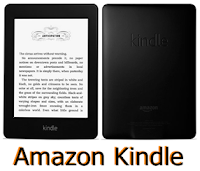YouTube has made
some recent changes in the past couple of months so viewers and YouTube users
can have a better experience. Some of these changes include more relevant
videos in the Home Page feed for viewers who are signed-in YouTube. You can now
better organize your video content into various sections as well as showcase
different Playlists.
One of these
changes includes the introduction of a
new “responsive” layout. YouTube content consumers use various types of digital
devices with different screen sizes like TVs, laptops, tablets, and
smartphones. The new responsive One Channel YouTube
layout will make it possible for YT content to shrink and fit into all these
different screen types.
To help YouTubers
implement these changes and leverage from these new features, the YouTube Creator
Academy organized a free online course. This two-week course, Maximize Your Channel, and was held between June 3 to
June 17, 2013. I attended this online course and found it useful. I’ve already
implemented many of things I learned during the course and am in the process of
implementing others.
Some other new
features that YouTube has implemented recently are: you can now receive an
email notification once your video has completed uploading to YouTube. Also,
the new Publish button helps you hold off on publishing your video until you’re
ready. Until, the video is published, it will show as a private video. This is a
good feature because you may not want the video to be public until you’ve
completed filling out all the other information pertaining to the video.
YouTube has also
implemented a pilot program to help some YouTube Partners offer paid channels.
All these paid channels, currently have a 14-day free trial. In late May 2013,
YouTube also announced the Social Star Awards which will be presented to the
most popular in social media.
I like most of
these changes, especially the ones related to the new One Channel YouTube
layout. You can take a look at my channel by visiting AJGodinho’s YouTube Channel, to see some of the new
One Channel layout features.















.PNG)
.PNG)
.PNG)












